Sound machines for therapy offices that soothe and protect
When sound becomes a tool for safety
Let’s pause and feel this for a second: you’re mid-session with a client who finally feels safe enough to share a long-held truth. And then—a hallway laugh, a door slam, footsteps. The moment cracks. The safety dissolves. Sound is powerful. It can ground or disrupt, invite vulnerability or create resistance.
In therapy, what your clients hear matters just as much as what they say. That’s why white noise machines aren’t just gadgets—they’re emotional tools. They protect confidentiality, soothe the nervous system, and hold space for healing.
In case you’re new here, I’m Natalia, a website designer for therapists and holistic practitioners. I help private practice owners like you amplify their magic, gain visibility, and simplify their marketing efforts through strategic web design and SEO content. But beyond digital presence, I care about the spaces you create offline too. Because your energy, your design, and yes—your soundscape—matters.
Let’s explore the best sound machines to support your sessions and create environments where clients feel calm, contained, and secure.
Why sound machines matter in therapy offices
How background noise impacts client safety and focus
When clients open up, their nervous system is already in a vulnerable state. Sudden noises or overheard conversations can feel like a threat. It can make them hold back, emotionally shut down, or feel exposed.
Sound machines provide a gentle soundscape that masks distracting noise and offers emotional containment—especially in shared suites or offices with thin walls. This small device can be the invisible boundary that allows therapy to feel confidential, warm, and emotionally safe.
White noise as a tool for nervous system regulation
Beyond privacy, white noise offers a rhythmic, non-intrusive backdrop that helps regulate both your and your client’s nervous systems. It can reduce hypervigilance, invite calm, and help sensitive clients stay grounded.
It’s especially helpful in somatic or trauma-informed work, where the environment plays a key role in emotional regulation. A good sound machine works quietly in the background, so clients can drop deeper into their process.
What sound machine do therapists use?
Features to look for in a therapy-ready machine
- Sound variety: white, pink, brown noise + nature sounds
- Loop quality: seamless loops that don’t distract or cut off abruptly
- Portability: compact enough for travel or shared office use
- Design: neutral, minimal designs that match your aesthetic
- Timer & volume settings: custom controls for session length and comfort
Having a sound machine that blends beautifully with your space and performs reliably is key. You want your office to feel cohesive and curated—not like a chaotic tech showroom.
Our top 5 therapist-approved sound machines
1. Kipcush White noise sound machine – $19.89
This compact model features a soft, glowing light option and multiple sound settings, including lullabies, white noise, and heartbeat tones. Perfect for therapists who want a multi-use device with child-friendly elements (ideal if you work with families or kids).
buy now →
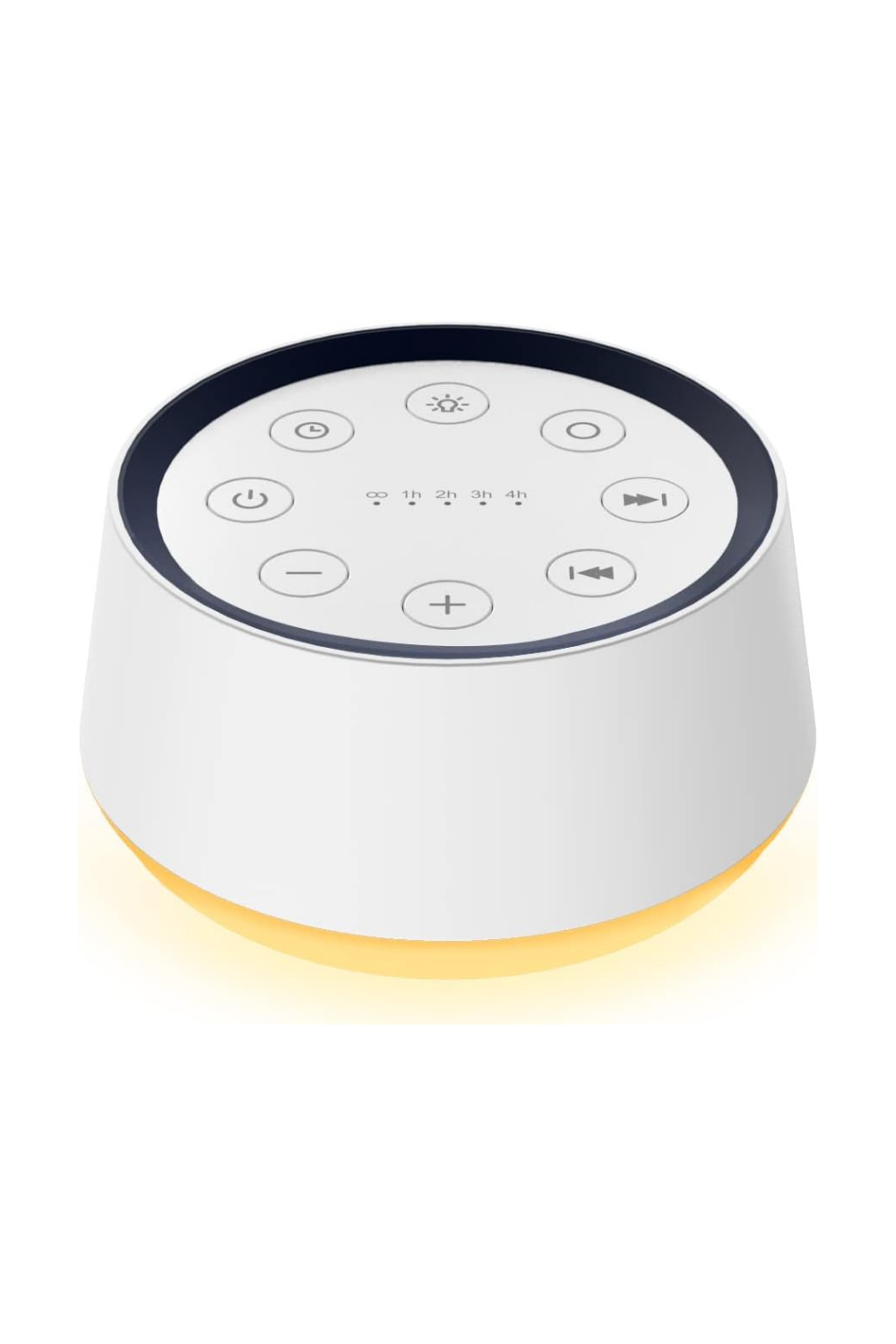
2. Brown noise sound machine with 30 relaxing sounds – $16.68
With 25 soothing sound options and auto shut-off timer, this machine fits easily on a shelf or side table. Clients report the rain and ocean settings as most calming. It’s ideal if you’re on a budget but want versatility and reliability.
buy now →
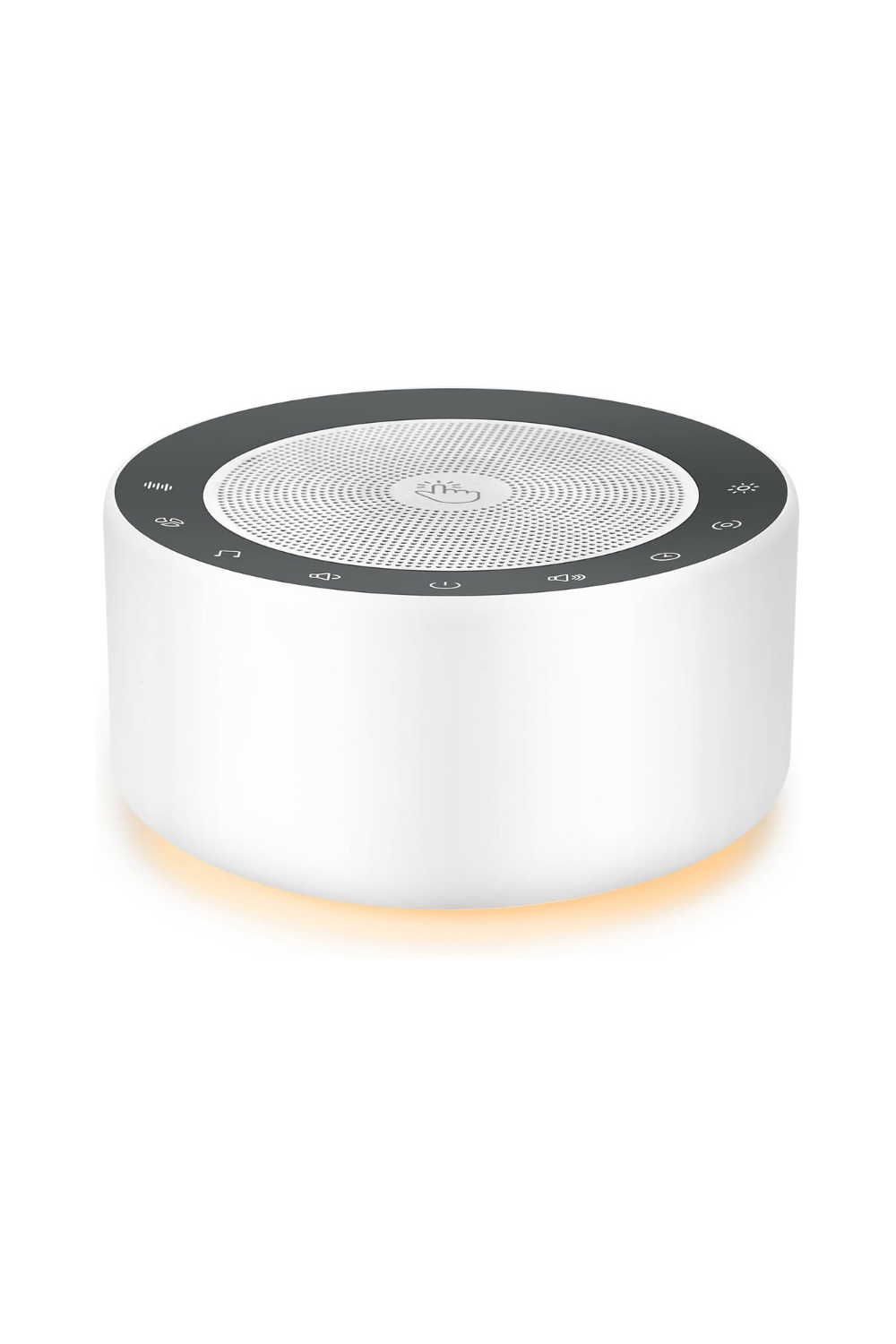
3. Magicteam White sound machine with 20 relaxing sounds – $16.79
This model offers high-quality sound loops (no jarring repeats!) and 32 volume levels. Its clean, minimal look fits any office style. Great if your space has unpredictable hallway noise. It's a favorite among therapists who value simplicity without sacrificing quality.
buy now →
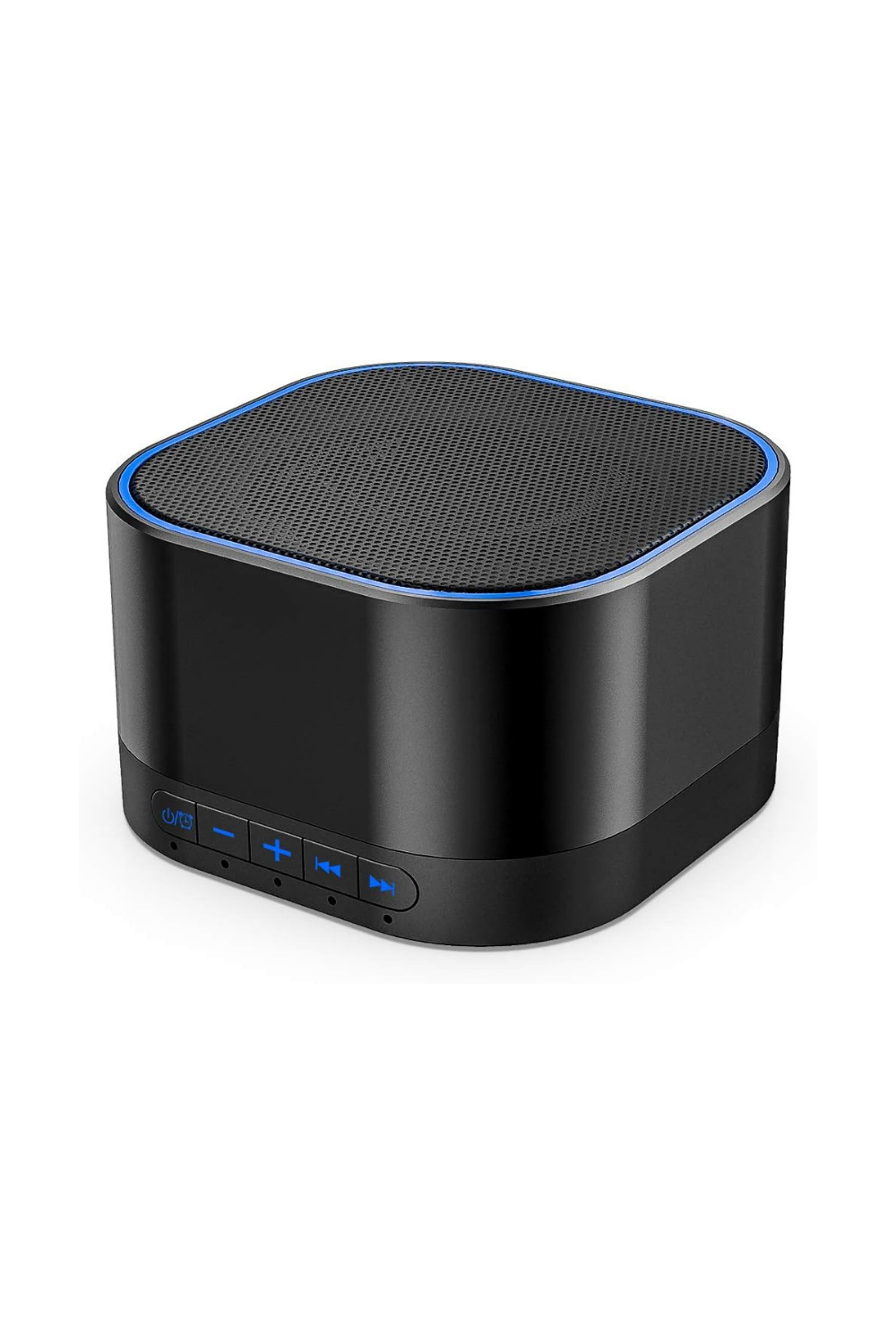
4. Dreamegg Sunrise – $63.99
A luxury model with sunrise wake light, white noise, nature sounds, and Bluetooth. This is ideal for therapists who want one device for multiple sensory purposes. Bonus: the sunrise light can gently cue transitions between sessions. Also works beautifully in evening practices with calming rituals.
buy now →
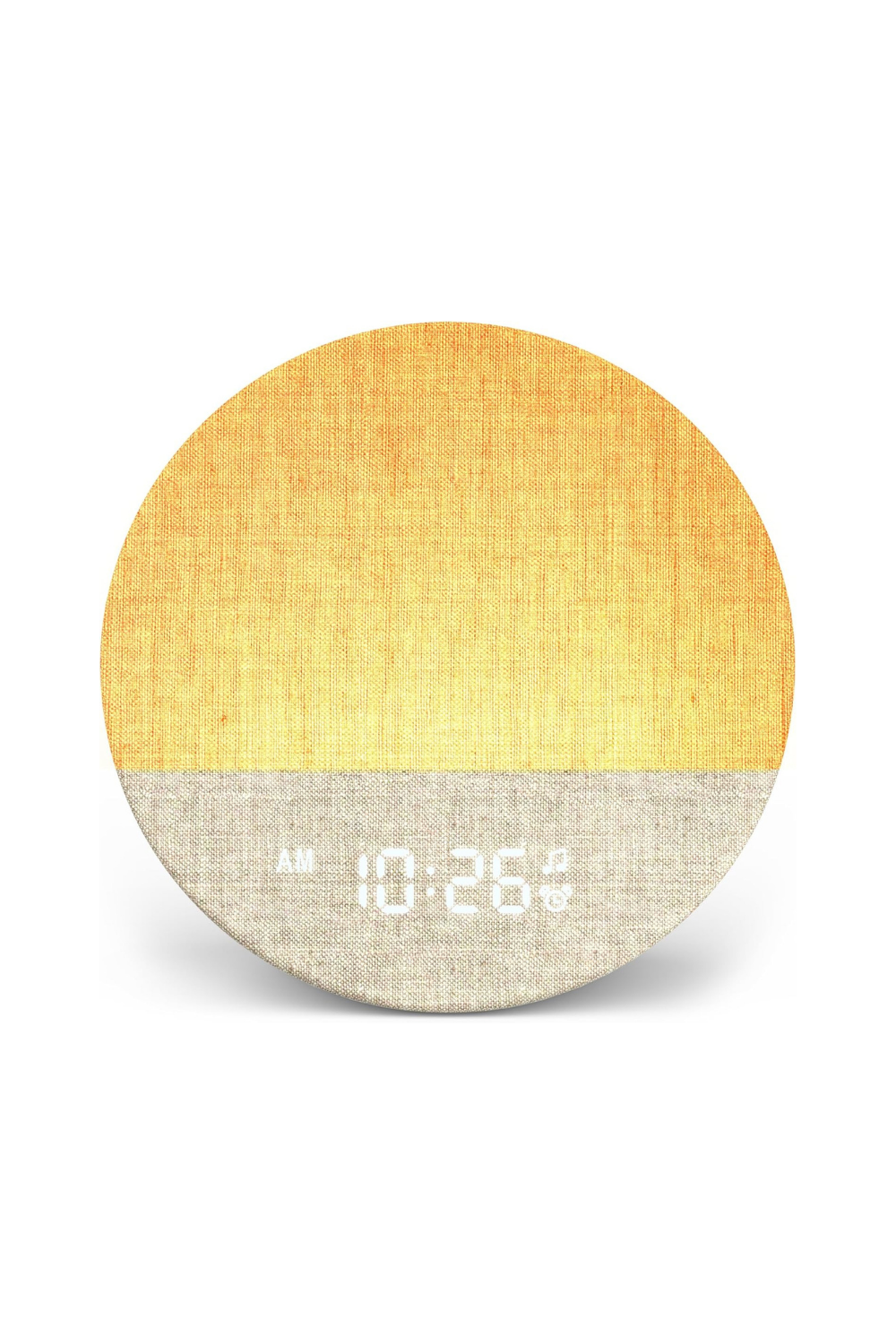
5. Yogasleep Duet White Noise Machine – $44.99
With a premium speaker and wireless capabilities, this machine excels in sound quality and privacy protection. Designed specifically for therapists and offices, it’s great for group practices or those in shared spaces. Sleek and discreet, it blends into most decor while offering powerhouse performance.
buy now →
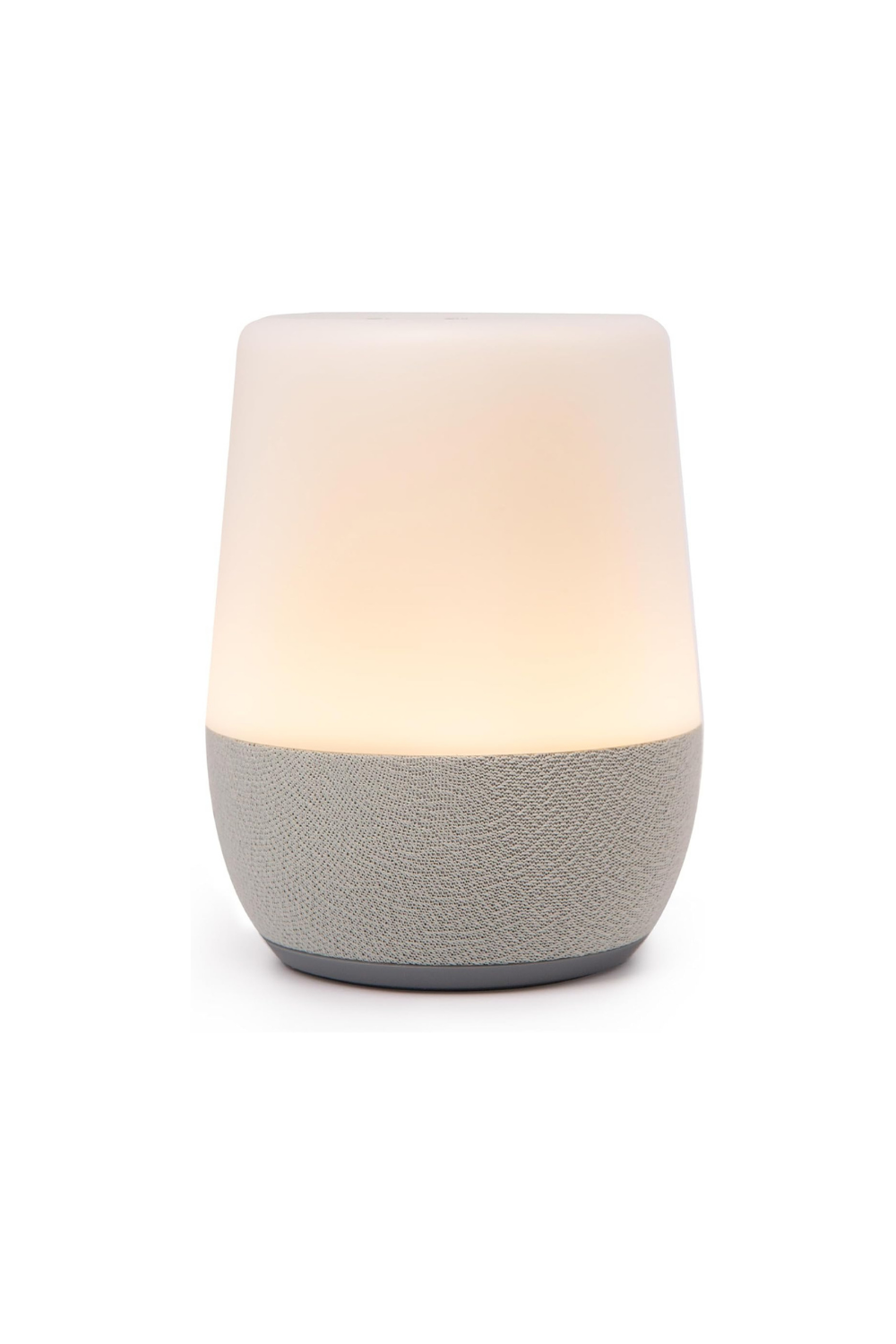
Do white noise machines work for office privacy?
Sound masking vs. soundproofing (what’s the difference?)
Soundproofing physically blocks noise (walls, insulation), while sound masking uses neutral noise to cover it. Think of sound masking as a warm blanket over disruptive sounds. It doesn’t remove noise; it neutralizes it.
For most therapy offices, full soundproofing isn’t realistic. That’s where white noise machines come in: affordable, effective, and easy to implement.
How white noise protects confidentiality during sessions
White noise reduces the clarity of voices heard outside your office. If a client is crying, laughing, or speaking softly, it adds a layer of protection that can make them feel safe to express themselves fully.
Clients feel more at ease knowing their words won’t echo into a hallway. And for you, that peace of mind means you can drop deeper into presence.
What is the white noise machine in open office spaces?
Understanding adaptive sound tech
Open offices often use adaptive sound machines that shift volume based on room noise. While you might not need full adaptive tech, understanding this helps in choosing a machine that doesn’t compete with its surroundings.
Some commercial models even adjust frequency based on human voice detection, which helps mask conversations effectively in semi-private spaces.
Examples of clinical vs. commercial models
Commercial-grade machines are great for larger offices, waiting areas, or shared therapy centers. Clinical models (like Yogasleep Duet) are compact, user-friendly, and designed with therapist needs in mind.
Choosing the right model depends on how large your space is, how many practitioners share walls, and what kind of ambiance you want to create.
Where do you put a white noise machine in an office?
Ideal placement for acoustic coverage
Place your sound machine near the door, facing out. This helps mask sound both inside and outside the office. Avoid corners where sound can become muffled.
For larger rooms, consider placing one machine near the entry and another closer to your seating area. Layered sound offers better coverage without being overwhelming.
Sound machine etiquette: volume, positioning, and personalization
Test different sounds and volumes before a session. Keep it subtle—enough to cover hallway noise but not overpower the room. Invite clients to choose a preferred sound if it helps them regulate.
And always make sure the machine is placed where it doesn’t distract visually—tuck it behind a plant, lamp, or side table for seamless integration.
How to create a sensory-supportive therapy office
Pairing sound with lighting, scent, and softness
Therapy isn’t just what we say—it’s what clients feel. Combine white noise with warm lighting, soft textures, and grounding scents like lavender or cedarwood to create a full-body experience.
These elements work together to communicate safety, soothe overstimulated systems, and support emotional expression. A holistic office invites the body to relax so the mind can open up.
Tools for trauma-informed spaces
Sound machines are especially helpful for clients with trauma histories. A predictable, gentle soundscape can reduce hypervigilance and support co-regulation.
Layering sensory tools (weighted blankets, fidgets, textured pillows) with sound can deepen the sense of comfort and increase the therapeutic alliance.
How your environment reflects your brand
Your office is a reflection of how you hold space. Every detail—including sound—tells your clients, "You are safe here. You are welcome."
And it’s also part of your brand identity. Thoughtful design communicates professionalism, presence, and emotional intelligence before you even speak.
Final thoughts: sound matters more than you think
Whether you’re in a shared suite, working virtually from a studio, or holding space for deep emotional work—sound machines can transform your environment.
And just like your physical office deserves intentional design, so does your digital presence. Let your brand speak as clearly and compassionately online as it does in your space.
Explore my web design services for private practice professionals and therapists here →

* AI Disclosure: This content may contain sections generated with AI with the purpose of providing you with condensed helpful and relevant content, however all personal opinions are 100% human made as well as the blog post structure, outline and key takeaways.
* Affiliate Disclosure: Some of the links on www.nataliamaganda.com may contain affiliate links meaning that I will get a commission for recommending products at no extra cost to you.

hello! i'm natalia
Latina, web design expert for mental health professionals.
I help ambitious life coaches, therapists and holistic leaders amplify their magic, gain visibility, and simplify their marketing efforts through strategic web design and content.










